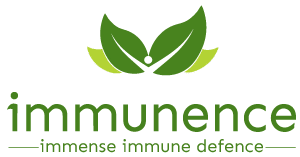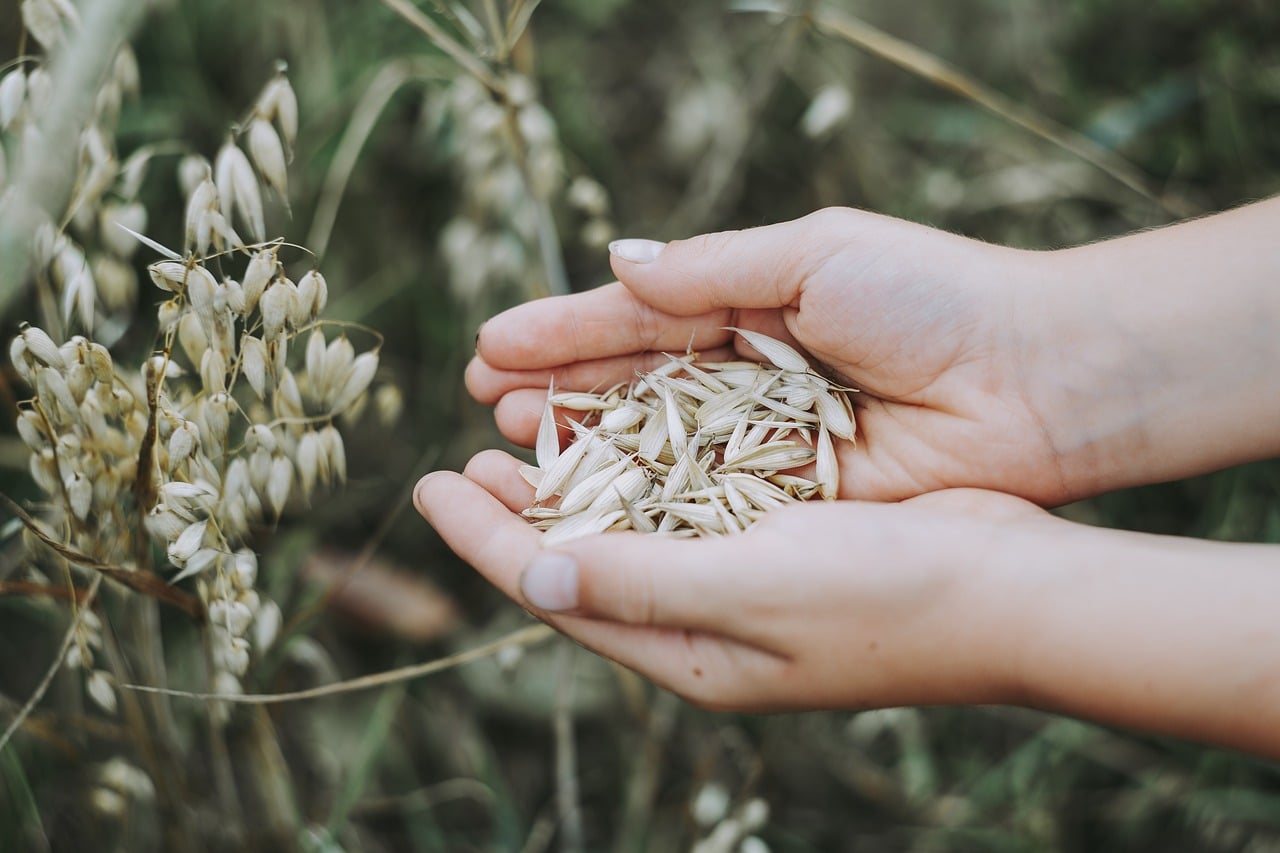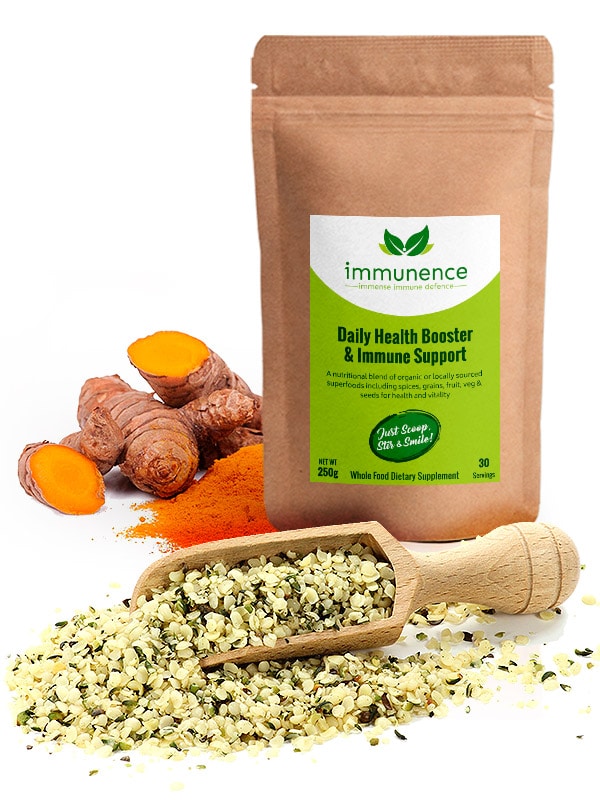Oats (Avena sativa L.) have received considerable attention for their high content of dietary fibres, phytochemicals and nutritional value. It is believed that consumption of oats possesses various health benefits such as hypocholesterolaemic and anticancerous properties. Oats have also recently been considered suitable in the diet of celiac patients. Owing to their high nutritional value, oat-based food products like breads, biscuits, cookies, probiotic drinks, breakfast cereals, flakes and infant food are gaining increasing consideration. Research and development on oat and its products may be helpful in combating various diseases known to mankind. This paper provides an overview of the nutritional and health benefits provided by oats as whole grains and its value added products. It is designed to provide an insight on the processing of oats and its effect on their functional properties. The manuscript also reviews various uses of oats and its fractions for clinical and industrial purposes and in development of value added food products.
Cereal grains feed a large population around the world. They constitute a significant part of daily diet of the consumers. Wheat, rice and maize are the leading grains in terms of consumption (Bushuk 2001). These grains are consumed as whole or in fractionated forms. Oat remains an important cereal crop in the developing world and the most popularly cultivated species is Avena sativa L. and is trivially known as common covered white oat (White 1995). Oat requires lesser nutrients (N-Sodium, P-Phosphorus and K-Potassium) to cultivate than that required for wheat or maize. Since oat requires more moisture to produce a given unit of dry matter than all other cereals except rice, it grows well in cool and moist climate (Forsberg and Reeves 1995). Oat is predominantly grown in American and European countries, mainly Russia, Canada and United States of America. It is used mostly for animal feeding and to some extent as human food. The use of oat as animal feed has declined steadily owing to emerging use and interest in oats as human health food (Ahmad et al. 2010).
 LANGUAGE
LANGUAGE SPANISH
SPANISH


0 Comments